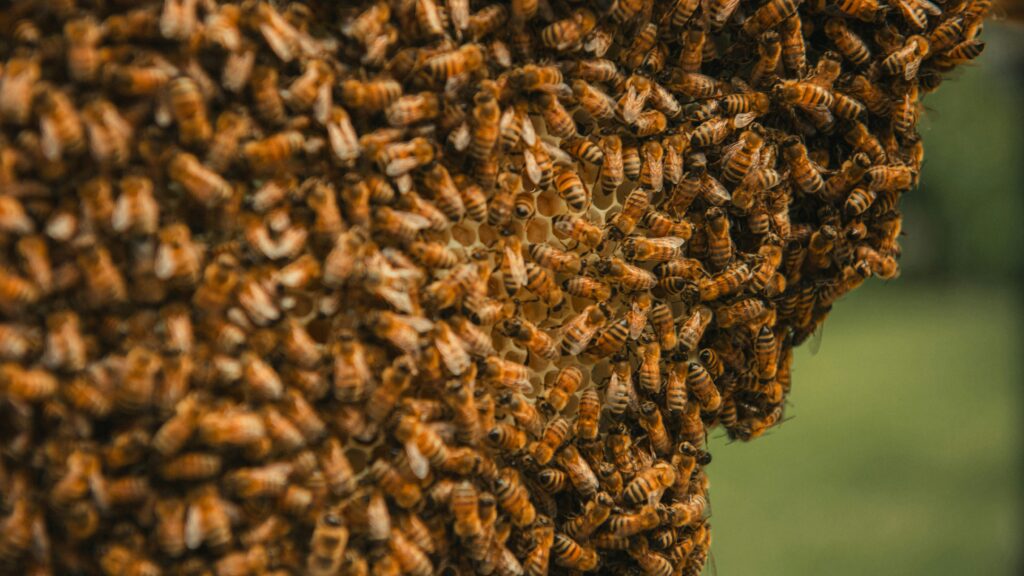Imagine stepping outside on a warm spring morning only to be greeted by millions of tiny wings beating in perfect synchrony, creating a living cloud that seems to move with one mind. This isn’t science fiction – it’s the remarkable world of insect swarms, where individual creatures abandon their solitary existence to become part of something far greater than themselves. From the devastating locust plagues that have shaped human history to the romantic dance of lovebugs along southern highways, these natural phenomena represent some of the most complex and fascinating behaviors in the animal kingdom.
The Mysterious Trigger That Transforms Solitary Insects
What transforms a peaceful grasshopper into a member of a devastating locust swarm remains one of nature’s most intriguing puzzles. Scientists have discovered that the key lies in population density and environmental stress. When grasshoppers are forced together by drought or habitat loss, their bodies undergo dramatic changes – their wings grow longer, their muscles strengthen, and their behavior shifts from solitary to gregarious. This transformation happens so completely that early researchers thought they were studying entirely different species. The process involves complex chemical signals and hormonal changes that literally rewire the insect’s brain for collective action.
Chemical Communication: The Invisible Language of Swarms
Insects don’t need smartphones or social media to coordinate their movements – they use an ancient communication system based on chemical signals called pheromones. These invisible messages travel through the air like molecular text messages, telling other insects where to go, when to mate, or how to avoid danger. A single female moth can release pheromones that attract males from miles away, while alarm pheromones can trigger entire colonies to respond to threats in seconds. The concentration and combination of these chemicals create a sophisticated language that allows millions of insects to act as one unified organism. Think of it like a chemical internet where information travels at the speed of wind currents.
Weather Patterns: Nature’s Swarm Conductor
Weather acts like an invisible conductor orchestrating insect swarms across vast landscapes. Temperature, humidity, wind patterns, and atmospheric pressure all play crucial roles in determining when and where swarms will form. Warm, humid conditions often trigger mass emergences of insects like mayflies and midges, while specific wind patterns can carry swarms hundreds of miles from their origin points. Barometric pressure changes can signal insects to begin their coordinated flights, much like how your joints might ache before a storm. Many insects have evolved to time their swarming behavior with favorable weather conditions, ensuring the best chances for survival and reproduction.
The Mathematics of Collective Intelligence
Behind every insect swarm lies a complex mathematical system that would make computer scientists envious. Each individual insect follows simple rules – stay close to your neighbors, avoid collisions, and move in the same general direction – yet these basic instructions create incredibly sophisticated group behavior. This phenomenon, known as emergent intelligence, allows swarms to navigate obstacles, find food sources, and respond to threats more effectively than any single insect could alone. The mathematics are so elegant that engineers now use similar algorithms to coordinate robot swarms and optimize traffic flow in cities. It’s proof that sometimes the whole really is greater than the sum of its parts.
Locust Swarms: The Original Natural Disaster

Desert locusts represent perhaps the most feared and studied insect swarms on Earth, capable of consuming crops faster than they can be harvested. A single swarm can contain billions of individuals and cover hundreds of square miles, eating their own body weight in vegetation every day. These swarms can travel up to 80 miles per day, crossing oceans and continents in their relentless search for food. What makes locusts particularly devastating is their ability to reproduce rapidly during favorable conditions, with populations increasing by up to 20 times in just three months. The economic impact of a major locust outbreak can reach billions of dollars, affecting the food security of millions of people.
Love is in the Air: The Romance of Lovebug Swarms
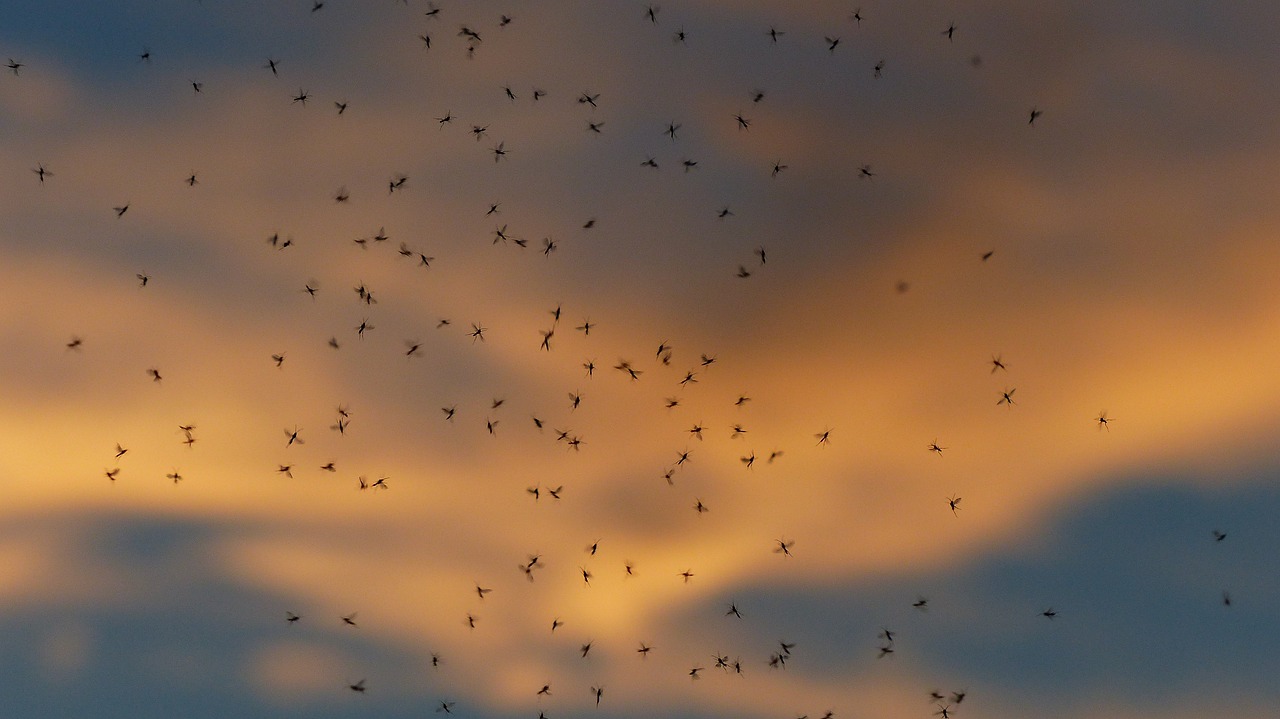
Lovebugs might seem like a nuisance when they coat your car windshield, but their swarming behavior is actually a touching tale of romance and reproduction. These small black flies with red thoraxes emerge twice a year in massive numbers, spending their brief adult lives focused entirely on finding a mate. Males form dense swarms in the air, creating what scientists call “mating clouds” that can be visible from great distances. When a female enters the swarm, she’s quickly surrounded by potential suitors, and once mated, the pair remains attached for days. Their synchronized emergence ensures that even shy or less competitive individuals have a chance at love, making their swarms one of nature’s most successful dating services.
Mayfly Madness: The World’s Shortest Party
Mayflies create some of the most spectacular yet brief swarms in the insect world, emerging from rivers and lakes in numbers so dense they can be detected on weather radar. These delicate insects spend months or even years as aquatic nymphs, but their adult lives last only hours or days – just long enough to mate and lay eggs. When conditions are perfect, millions of mayflies emerge simultaneously, creating clouds so thick they can temporarily block out streetlights and cause traffic accidents. Their mass emergence serves as a survival strategy, overwhelming predators and ensuring that at least some individuals survive to reproduce. It’s nature’s version of a flash mob, but with life-or-death stakes.
Termite Nuptial Flights: Underground Societies Take to the Sky
Termite swarms represent one of the most dramatic transformations in the insect world, as these typically underground creatures suddenly take to the air in massive coordinated flights. These “nuptial flights” occur when environmental conditions are perfect – usually after heavy rains – and involve winged reproductive termites leaving their colonies to start new ones. The timing is so precise that multiple colonies in an area will release their swarmers simultaneously, creating spectacular aerial displays. Once they land, the termites shed their wings and pair up to establish new colonies, but the vast majority become food for birds, spiders, and other predators. This massive sacrifice ensures that at least a few pairs survive to continue the species.
Ant Armies: When Tiny Soldiers March Together
Army ants create some of the most organized and feared swarms in the insect kingdom, moving through forests like living carpets of destruction. These nomadic insects don’t build permanent nests but instead form temporary structures called bivouacs using their own bodies. When they march, they create columns that can stretch for hundreds of yards, with scouts leading the way and soldiers protecting the flanks. Everything in their path – from other insects to small vertebrates – either flees or becomes food for the colony. Their swarms are so well-organized that they can build bridges with their bodies, allowing the colony to cross obstacles that would stop other insects. It’s like watching a perfectly coordinated military operation, except the soldiers are smaller than your fingernail.
Bee Swarms: Nature’s Democratic Process in Action
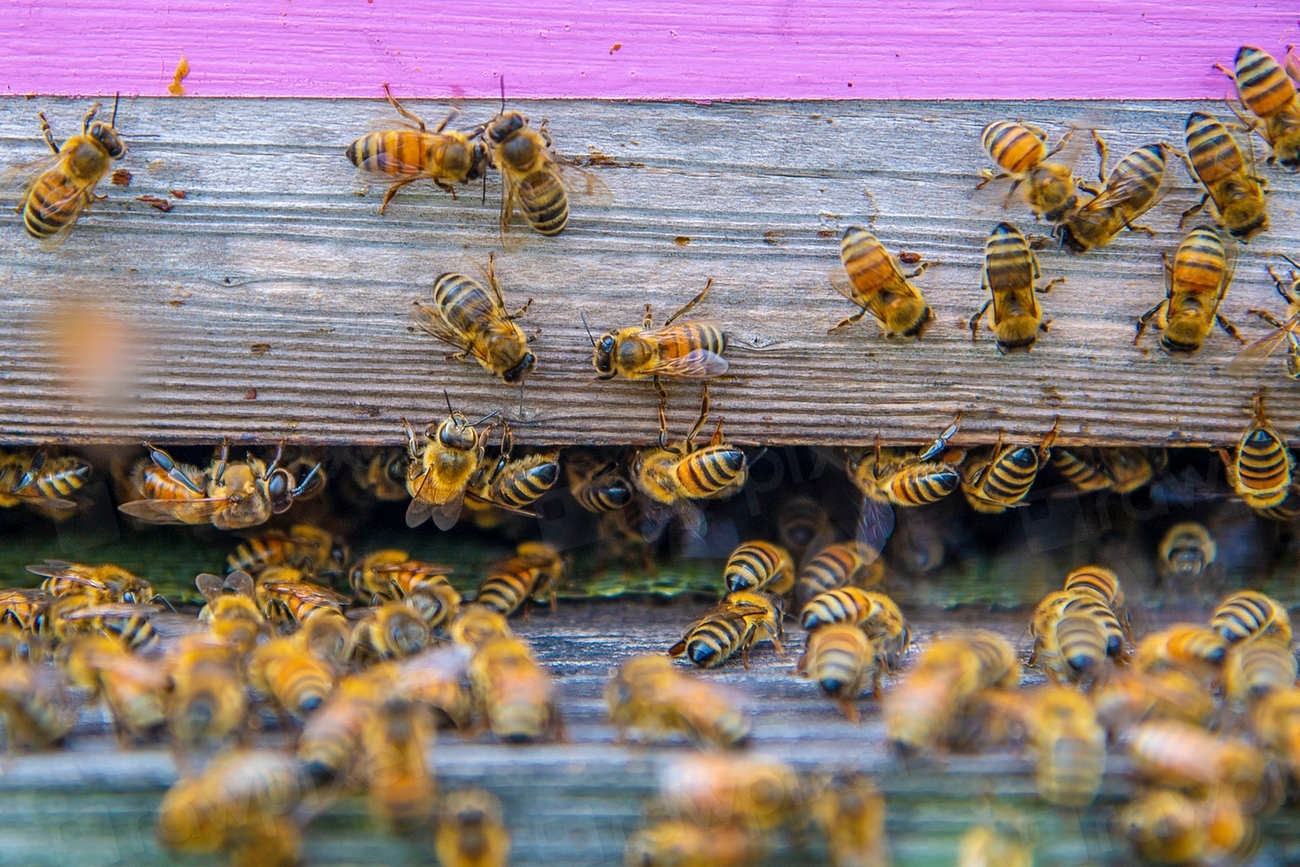
When honeybees swarm, they’re not being aggressive – they’re actually engaging in one of nature’s most sophisticated democratic processes. Swarming occurs when a colony becomes too large for its hive, prompting the old queen and about half the workers to leave and find a new home. Scout bees search for suitable locations, then return to perform elaborate dances that communicate the quality of potential nest sites to the swarm. Through this “waggle dance democracy,” the bees collectively decide on the best location, with the most enthusiastic dancers eventually convincing the entire swarm. The process can take hours or even days, but it consistently leads to excellent site selection. It’s a level of democratic decision-making that would make political scientists jealous.
Dragonfly Migrations: The Unexpected Long-Distance Champions

Dragonfly swarms often go unnoticed compared to their more famous cousins, but these aerial acrobats undertake some of the most impressive migrations in the insect world. Some species travel thousands of miles across continents, with their migrations spanning multiple generations. Unlike birds, dragonflies can’t store fat for energy, so they must hunt continuously during their journey, making their long-distance flights even more remarkable. Their swarms often follow coastlines, mountain ridges, and river valleys, using these geographical features as navigation aids. Scientists are still uncovering the full extent of dragonfly migrations, with some species potentially traveling from the Arctic tundra to Central America. These delicate-looking insects are proving to be some of nature’s most determined travelers.
Aphid Explosions: When Reproduction Goes Into Overdrive
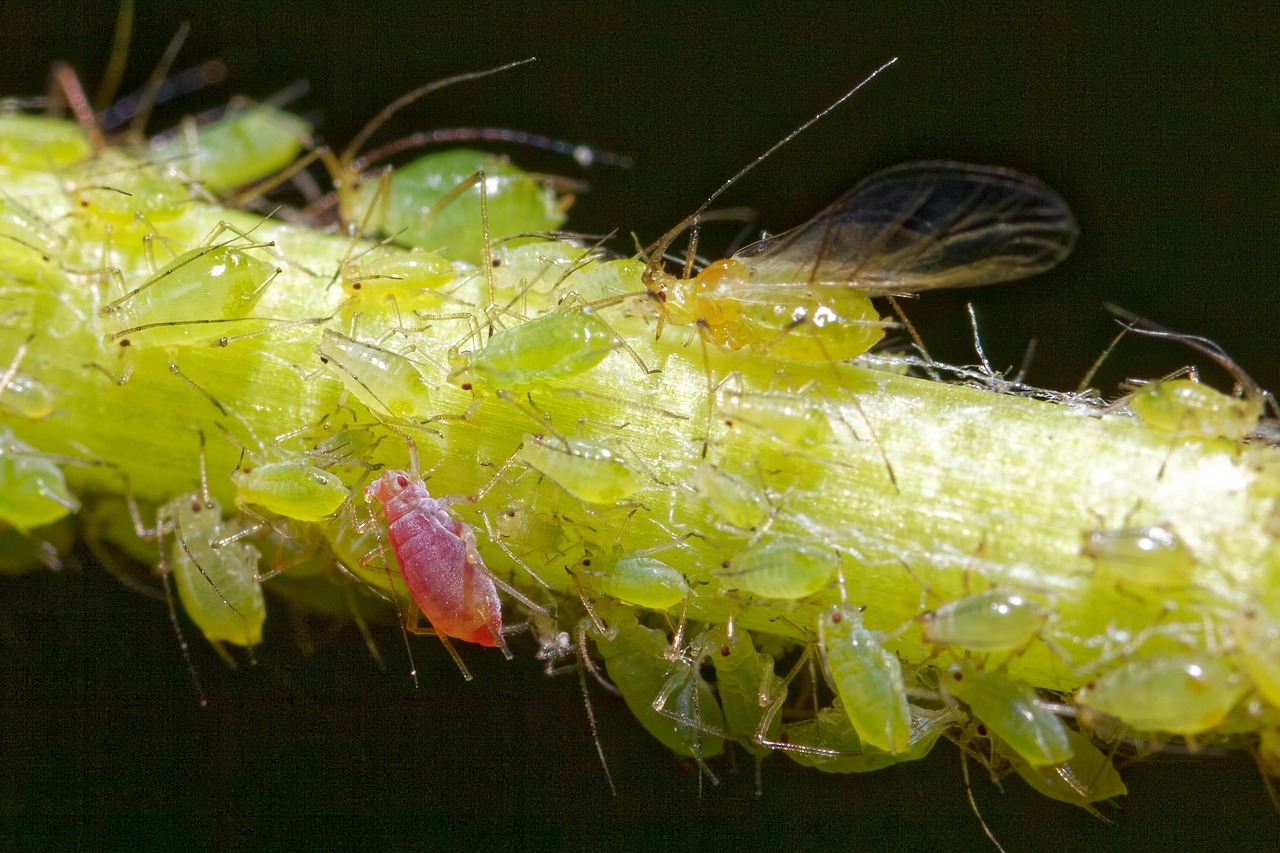
Aphid swarms represent reproduction on a scale that’s almost incomprehensible, with populations capable of exploding from a few individuals to millions in just a few weeks. These tiny insects have mastered the art of rapid reproduction through a process called parthenogenesis, where females can produce offspring without mating. During favorable conditions, aphids give birth to live young that are already pregnant with the next generation, creating a reproductive chain reaction. When their host plants become overcrowded or stressed, winged forms develop and take flight in massive swarms to colonize new areas. Their reproductive success is so extreme that scientists estimate a single aphid could theoretically produce 600 billion descendants in one season if all survived. It’s like nature’s own population explosion, happening in fast-forward.
Mosquito Clouds: The Dark Side of Swarm Behavior
Mosquito swarms create some of the most annoying and potentially dangerous insect gatherings, particularly in wetland areas during warm months. These swarms typically consist of males gathering in mating aggregations, creating dense clouds that can be heard from considerable distances. While the males are harmless, their presence often signals that blood-hungry females are nearby, ready to seek out their next meal. The sheer density of these swarms can be overwhelming, with some containing millions of individuals in a relatively small area. Beyond their nuisance factor, mosquito swarms play crucial roles in ecosystem food webs, serving as important food sources for birds, bats, and fish. However, they also represent significant public health concerns, as they can rapidly spread diseases across large populations.
The Technology Revolution: Learning from Insect Intelligence
Modern technology is increasingly drawing inspiration from insect swarm behavior, leading to breakthrough innovations in robotics, artificial intelligence, and logistics. Engineers study how ant colonies optimize their foraging routes to improve supply chain management and traffic flow algorithms. The collective decision-making processes of bee swarms are inspiring new approaches to artificial intelligence and group problem-solving systems. Military researchers are developing swarm robotics based on insect behavior, creating teams of small robots that can work together to accomplish complex tasks. Even internet search algorithms use principles derived from ant colony optimization, helping billions of people find information more efficiently. The simple rules that govern insect swarms are proving to be powerful tools for solving some of humanity’s most complex challenges.
Climate Change: Reshaping Swarm Patterns Worldwide
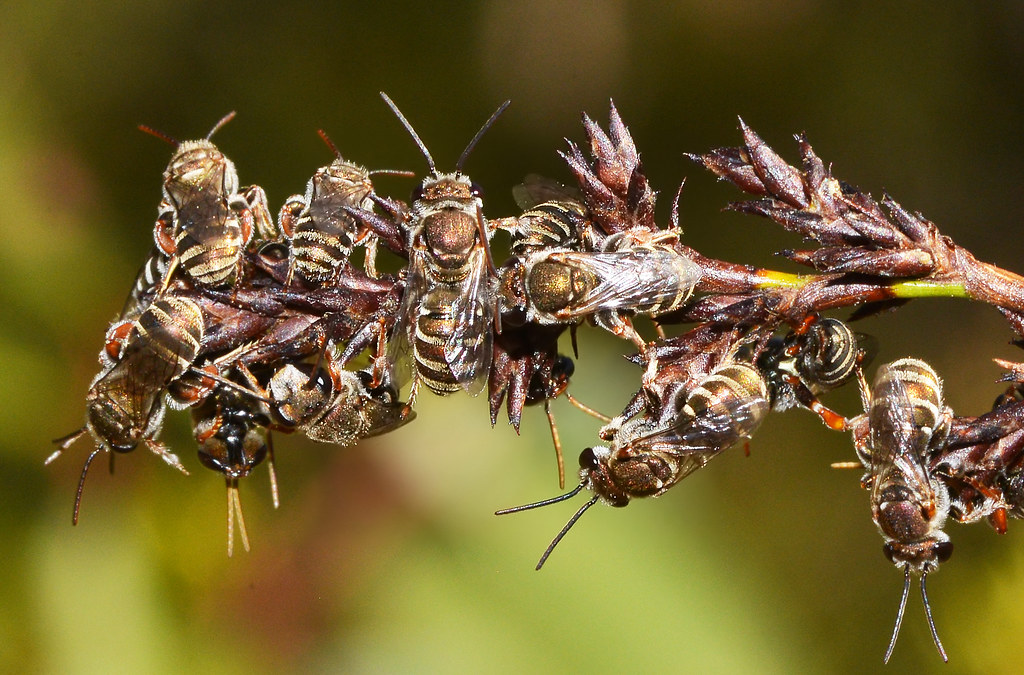
Climate change is dramatically altering insect swarm patterns around the world, creating new challenges for both ecosystems and human societies. Rising temperatures are expanding the geographical range of many swarming species, bringing them into contact with new environments and potential conflicts with human activities. Changing precipitation patterns are disrupting the delicate timing that many insects depend on for successful swarming, leading to mismatches between peak swarm activity and available resources. Some species are responding by shifting their emergence times or migration routes, while others are struggling to adapt to rapidly changing conditions. The impacts extend far beyond the insects themselves, affecting pollination patterns, food webs, and agricultural systems that depend on predictable insect behavior. These changes remind us that even the smallest creatures can have massive impacts when they act together, and that our changing climate is reshaping nature’s most ancient partnerships in ways we’re only beginning to understand.
The world of insect swarms reveals nature’s incredible ability to create complex, intelligent systems from simple individual actions. These remarkable phenomena continue to challenge our understanding of collective behavior while providing valuable insights for technology, ecology, and human society. As climate change and human activities reshape these ancient patterns, the future of insect swarms remains as unpredictable and fascinating as the swarms themselves. Who would have thought that something as small as a locust or as annoying as a lovebug could teach us so much about cooperation, intelligence, and survival?

